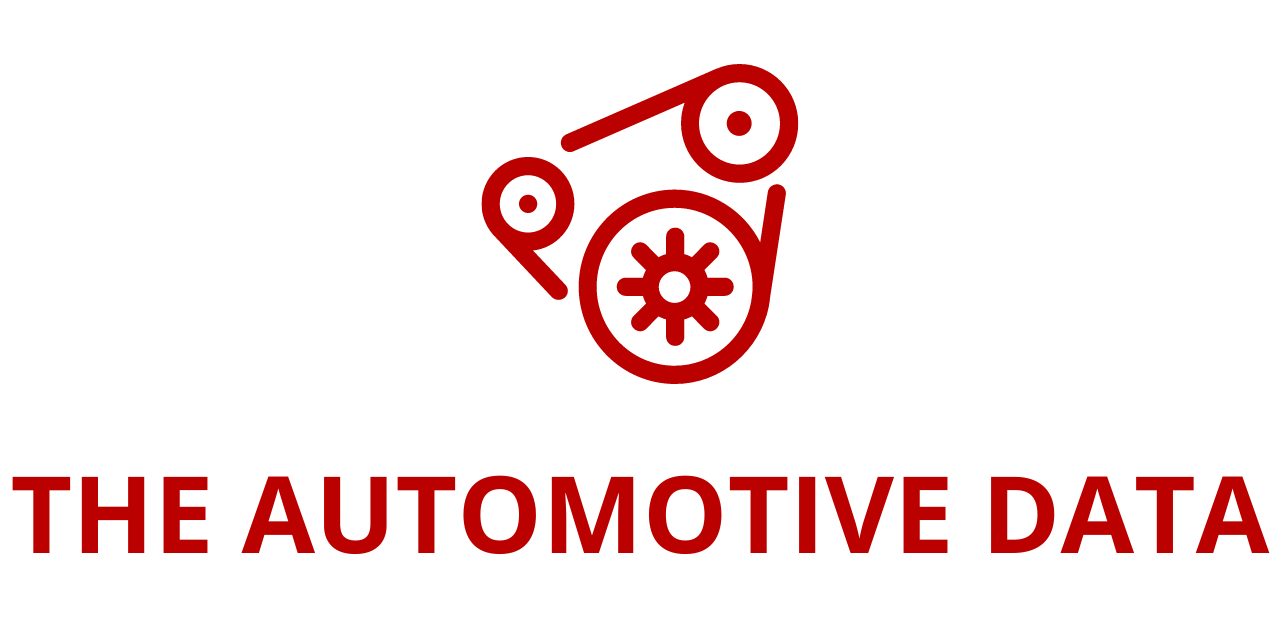
Record-High Auto Payments and Extended Loan Terms Drive New Pressures in Automotive Financing, J.D. Power Study Finds
As the cost of vehicle Auto Loan ownership continues to climb, affordability challenges are reshaping the automotive financing landscape in the United States. With the average monthly auto finance payment rising to an all-time high of $758 in October and loan terms increasingly stretching to 84 months and beyond, more consumers are feeling the financial strain of purchasing a new or used vehicle. These shifting dynamics are at the heart of the newly released J.D. Power 2025 U.S. Automotive Financing Satisfaction Study, which highlights growing disparities in customer satisfaction based on consumers’ financial health and access to reliable support from lenders.
The study reveals a stark reality: nearly 29% of borrowers now fall into the financially vulnerable category, underscoring how rising vehicle costs, persistent inflation, and long-term credit commitments are affecting household budgets across the country. As these financial pressures grow, the satisfaction gap between financially healthy and vulnerable borrowers is widening dramatically.
Financial Health Determines Customer Experience
“Auto loan customers are having very different experiences based on their relative levels of financial health,” said Patrick Roosenberg, senior director of automotive finance intelligence at J.D. Power. “While financially healthy borrowers are experiencing historically high levels of overall customer satisfaction, those in the vulnerable, stressed, and overextended categories are significantly less satisfied with the lending experience.”
Roosenberg noted that lenders face increasing pressure to customize communication, digital support, and educational resources to meet the diverse needs of today’s borrowers. Proactive engagement, he emphasized, may be the key to improving satisfaction among those facing financial challenges.
Key Findings from the 2025 Study
The J.D. Power analysis provides an in-depth look at the consumer experience across the auto lending ecosystem, revealing a number of notable trends that distinguish financially healthy borrowers from those in more precarious financial positions.
1. Satisfaction Scores Diverge Sharply Based on Financial Stability
The study shows a substantial difference in customer satisfaction between financially healthy and financially vulnerable borrowers. On a 1,000-point scale:
- Financially healthy customers report an average satisfaction score of 743.
- Financially vulnerable customers score much lower, at just 593, a striking 150-point gap.
This disparity extends beyond satisfaction into areas such as trust, willingness to recommend a lender, and confidence in financial decisions. Financially vulnerable customers tend to express:
- Lower levels of trust in their lenders
- Reduced likelihood of recommending their lender to others
- Greater confusion or uncertainty about loan terms and payment options
For lenders, these findings illustrate the importance of recognizing early signs of financial distress and adapting outreach, support, and communication accordingly.
2. Dealership Education and Onboarding Make a Significant Difference
One of the most influential factors shaping the customer experience is how—and when—loan orientation occurs.
The study finds that financially healthy customers are far more likely to receive loan education while still at the dealership, with:
- 42% receiving on-site orientation during the vehicle purchase process
- Only 25% of financially vulnerable customers receiving that same level of dealership support
For financially vulnerable customers, more than half (51%) report that they only received essential loan information after leaving the dealership—a delay that may contribute to misunderstanding, confusion about payment schedules, and challenges accessing digital tools.
This gap highlights the need for dealerships and lenders to coordinate more closely, ensuring that every customer receives clear, timely guidance on:
- Payment expectations
- Digital platform navigation
- Available support services
- Loan and lease terms
Dealership education appears to play a crucial role in setting up borrowers for a successful long-term financing experience.
3. Bill Payment Behaviors Reveal Additional Pain Points
The study highlights significant differences in how borrowers manage and submit payments:
- Financially vulnerable customers are more likely to pay their bills through lender websites or mobile apps.
- Financially healthy customers tend to rely more on ACH (automated bank draft) payments, a more stable and reliable method.
A notable concern is that financially vulnerable customers report more frequent issues with their preferred bill payment method, including:
- App or website errors
- Confusion surrounding due dates or confirmation messages
- Difficulty navigating digital systems
- Payment failures or delays
These payment challenges add unnecessary stress to the borrower experience and may contribute indirectly to lower satisfaction, missed payments, or compounding financial strain.
4. Leading Lenders by Customer Satisfaction
The 2025 study ranks both premium and mass-market lenders based on overall customer satisfaction.
Top Premium Lenders (Three-Way Tie at 735 Points)
- BMW Financial Services
- Lincoln Automotive Financial Services
- Mercedes-Benz Financial Services
These lenders excel in areas such as digital experience, transparency, and loan offerings that align with customer needs.
Top Mass Market Lenders
- Ford Credit — 714 points
- Chase Auto — 705 points
- Bank of America — 695 points
Ford Credit’s strong performance reflects consistent customer support and straightforward digital tools, reinforcing its leadership position among non-luxury lenders.
A full breakdown of rankings for both premium and mass-market lenders is available at J.D. Power’s website.
5. What the Study Measures
The U.S. Automotive Financing Satisfaction Study, previously known as the U.S. Consumer Financing Satisfaction Study, offers a comprehensive view of the end-to-end customer experience with auto loans and leases. The analysis evaluates satisfaction based on eight core dimensions, listed in order of importance:
- Level of trust with the provider
- Loan or lease offering meeting customer needs
- Experience managing the loan or lease
- Quality of communication and updates
- Experience obtaining the loan or lease
- Ease of doing business with the lender
- Digital channel performance and usability
- Interactions with lender personnel
These categories cover the full life cycle of the financing experience, from the initial application at the dealership to ongoing payment management through digital platforms.
The 2025 study draws on 13,150 responses collected between September 2024 and September 2025 from customers who financed a new or used vehicle within the past three years.
A Changing Market with Evolving Customer Needs
As vehicle prices remain elevated and loan terms continue to lengthen, customer satisfaction is becoming increasingly tied to financial well-being. While financially stable borrowers report strong satisfaction levels and smooth interactions with lenders, nearly one-third of borrowers who are struggling financially are at risk of falling behind—not only on payments, but also in overall confidence and trust in the lending process.
The 2025 J.D. Power study underscores a major call to action for lenders and dealerships: to improve communication, strengthen onboarding processes, and deliver targeted support that meets customers where they are. With affordability pressures showing no signs of easing, financial empathy and proactive engagement may become the defining features of successful automotive lending in the years ahead.
Source Link:https://www.businesswire.com/







